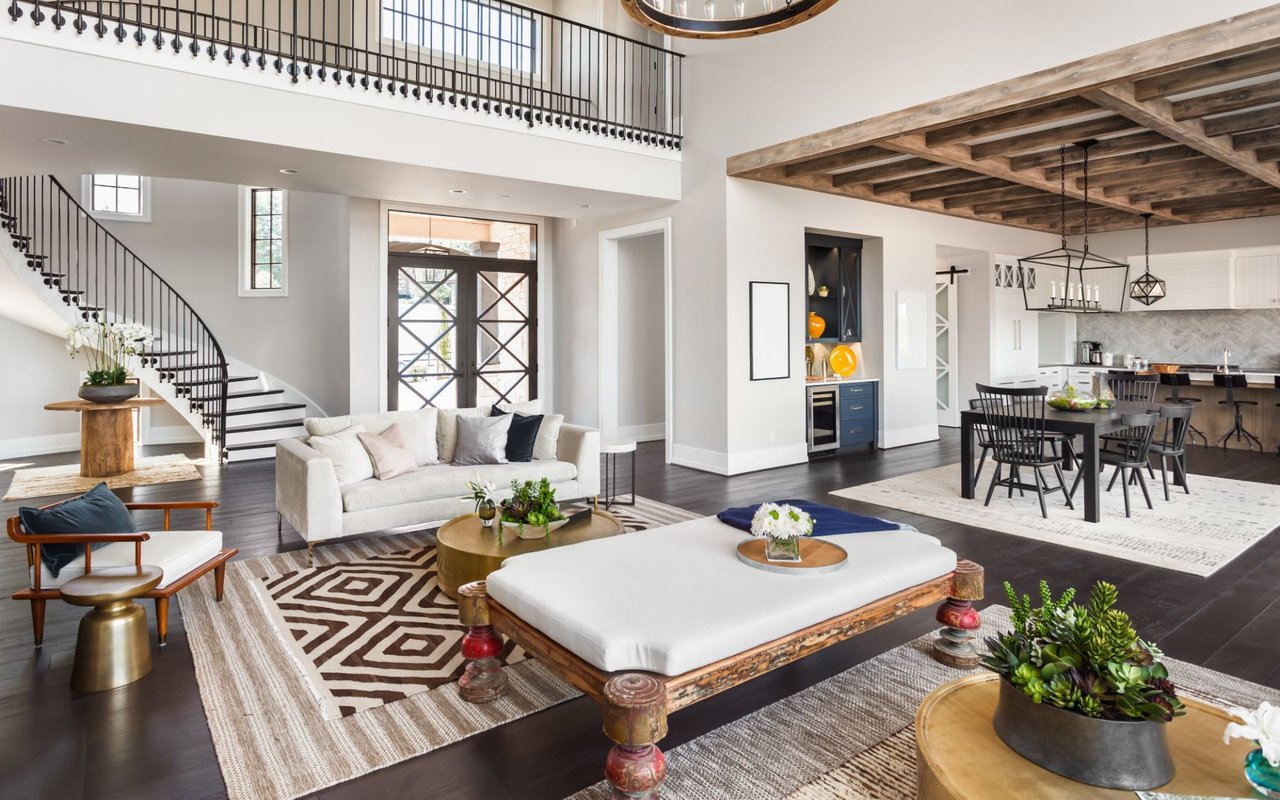Still, Thinking About Investment Property?
Last week we scratched the surface on how to determine if investing in Real Estate is right for you. I provided a little information about financing the investment, choosing trusted professionals and determining what type of property might be right for you. This week I am going to dive into types of investment properties, focusing on buy-and-holds. At a future point I will dig into fix-n-flips.
What Kinds of Real Estate Can You Invest in?
Just about any type of real property that you can think of can be an investment. There are three broad classifications to consider: residential, commercial, and industrial property. These classifications are established by the local zoning department. Wikipedia defines, zoning as “a method of urban planning in which a municipality or other tier of government divides land into areas called zones, each of which has a set of regulations for new development that differs from other zones.” Most municipal or county zoning departments will further define specific uses. For example: residential zoning may have specific districts for multi-family, single family residential, agricultural residential and high-density residential. Commercial is typically divided into multiple districts that include classifications like commercial retail, office buildings, free standing retail or office. Industrial is exactly what it sounds like, mostly factories, and manufacturing facilities. When considering an investment property, be sure that your intended use is an allowed use under current zoning code.
Why Would I Choose One Type of Property Instead of Another?
It usually boils down to personal choice; sometimes it’s opportunity or a philosophically held belief, like a strong need to provide family housing, or an alternative to mall rental for a retailer or space for a charity shop. Whatever you are leaning towards, I always recommend focusing on what you know before you make the commitment to a certain property, particularly if it is your first investment. Some thoughts that might help: If you are well connected in the business world you may have a great pipeline to get tenants. If your day job is industrial in nature chances are you have some ideas about creative uses for an industrial property. Personally, I believe you can’t go wrong with residential property as folks always need somewhere to live, not to mention that in Northern Michigan as well as other parts of the country there is a shortage of housing. I typically advise that a duplex (deuce) or tri-plex are the best bets because they are not so big as to be overwhelming, and you have the added benefit of not placing all of your metaphorical investment eggs in one basket. If you have a vacancy, you still have rent monies coming in from the additional unit or units, which is different from a single family where if you are vacant, you are making mortgage payments and paying utilities out of your own pocket.
How Do I Choose a Specific Property?
Buying investment property is not an emotional purchase. It is about the numbers; and by numbers I don’t mean the purchase price or the loan amount, I mean the cash flow. How much pretax cash flow can you expect and what type of tax shelter will the property create? Consider things like “how much cash will it take to get the property rent ready?” (if it isn’t currently rented) Once these factors are established or estimated using real time comparable property numbers we can determine the Return On Investment (ROI) for the property and determine if it is appropriate given the measure of risk. This is the time to be completely objective: would another property be a better investment given your specific goals? You should always be able to realize more on your money than if you had simply put it in a savings account. For example: if the Rate of Capitaliazation (defined as Adjusted Gross Income minus Annualized Expenses divided by Purchase Price) is less than 5 percent, it is very unlikely that you will have any cash flow. To demonstrate the net effect of a low cap rate see the example below.
Example:
- Ivan Investor purchases a house for $100,000.
- He borrows $80,000 and brings $20,000 of his own money for a down payment.
$80,000 = $100,000 - $20,000 - The annual property taxes are $1200.
- The annual insurance is $1000.
- Ivan gets a 30 year conventional loan at 3.5%, so his monthly P&I mortgage payment is $359.24, annual debt service is $4310.88.
$4310.88 = $359.24 x 12 (Annual Debt Service) - Ivan provides trash service, water and sewer for his tenants. Learn why this is smart in the next article.
- Trash service costs Ivan $25 per month.
$300 = $25 x 12 - The property has a well and septic system, so there is no monthly expense.
- Annual expenses include tax, insurance, trash removal, water and sewer, as well as repairs, maintenance and vacancy expense $2500 = $1200 + $1000 + $300
- Ivan rents the house for $700 per month.
- Ivan's annual gross income is $8400.
$8400 = $700 x 12 - Ivan's annual expenses are $2500 and his net operating income (NOI) is $5900.
Dividing $5900 (NOI) by 100,000 (Purchase Price) reveals Ivan’s Rate of Capitalization is 5.9%. Deducting Ivan’s annual debt service of $4310.88 from his Net Operating Income (NOI) Ivan’s pretax cash flow is $1589.12 annually or approximately $132/month. This pretax cash flow generates a cash-on-cash rate of return of 7.9%. Although this seems like an okay return keep in mind that Ivan only makes this money if he has no maintenance or repairs or vacancies.
If Ivan encounters any of these unplanned expenses he will likely have to bring his own money to secure the maintenance, repairs or property upkeep and expenses if his tenant goes sideways. In my mind this is not enough cushion for Ivan given the risk involved in his investment. If this doesn’t quite make sense don’t worry. I will cover how to determine these numbers again and in more detail. For now just keep in mind that you need a realtor® that can help you determine this data and accurately analyze the property in detail. If this does make sense to you and you have an idea of how to help Ivan improve his cash flow please let us know in the comments.
Final Thoughts
Location is important. Your investment should be close enough to your home to make it easily accessible for you. It should be an area where people would want to be, either for work or to live. The neighborhood should either be static or ideally improving, meaning recent trends point to stable or increasing sales prices. Last but not least the property should be in an area that makes sense for the proposed use. A house located across the street from a manufacturing plant might be more difficult to rent. A freestanding retail space in the middle of a residential area could get pushback from the neighbors when rented. Try to also think of positive solutions to what may at first seem like a deterrent. In the first example maybe the flip side of the issue of being across the street from an industrial building is that you could market your rental to the workers at the plant and have a steady stream of potential tenants. In the second example brainstorm about what types of businesses would complement the neighborhood, perhaps a small market or a yard store with plants and supplies that the neighbors could use, then look for potential tenants. The ability to see opportunity where others do not is often the difference between a successful investor and a not so successful investor.
Clear as mud? …I hope that as you read my blog you will ask questions and leave me your thoughts in the comments.




